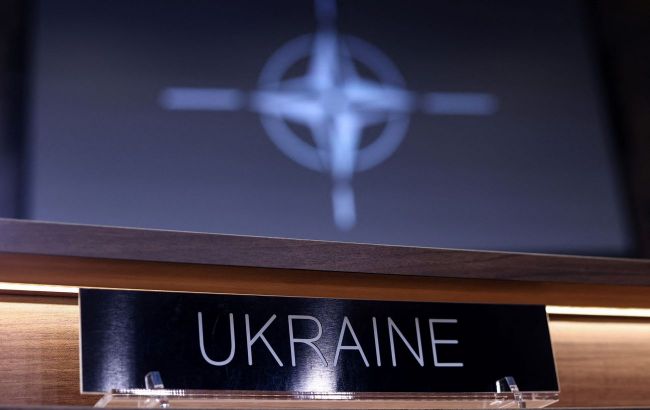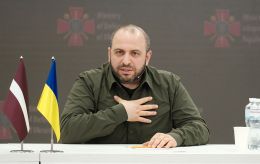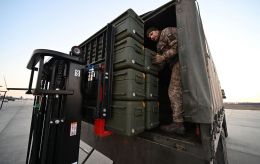Russian invasion of Ukraine prompts NATO to increase defense spending, report says
 NATO countries have increased defense spending (Getty Images)
NATO countries have increased defense spending (Getty Images)
Russia's invasion of Ukraine has caused global defense spending to rise by 9% to a record $2.2 trillion, with NATO member states accounting for half of that amount, according to a report by the International Institute for Strategic Studies (IISS).
The IISS says that Russian aggression has prompted European countries to increase defense spending and strengthened NATO, while Finland has increased its combat power.
According to the report, the pace of ammunition consumption in the war between Russia and Ukraine has also raised awareness in the West that production capacities have atrophied, and countries are trying to correct the shortcomings that have arisen from years of underinvestment.
According to Fenella McGurty, Senior Research Fellow in Defense Economics at IISS, the United States and European countries have replaced the Middle East and Asia as the key driver of global military spending. According to her, Russia's war in Ukraine will continue to be the main driver of defense budgets around the world, Bloomberg notes.
The priorities for allocating defense budgets have also changed. According to McGurty, if in 2014 NATO members spent an average of 15% of their defense budget on procurement and development, in 2023 they will allocate more than 30%. According to her, countries such as Poland, Finland, and Hungary spent half of their budgets on equipment.
Meanwhile, according to the IISS, the U.S. military is in a rethinking mode, learning lessons from Russia's war against Ukraine. The U.S. Army has initiated the development of a new artillery strategy with an emphasis on long-range precision fire and has revised its approach to recruitment. Russia's invasion of Ukraine also prompted the U.S. Air Force to increase the number of key weapons after observing high utilization rates in the war.
According to the International Institute for Strategic Studies, Russia lost more than 3,000 tanks during the invasion of Ukraine, equivalent to its entire pre-war active arsenal.
However, Moscow can potentially withstand about three more years of heavy losses and replenish tanks from the reserves, even if they meet lower technical standards.

